The Spirit of Nelson Mandela in Palestine: Is His Real Legacy Being Upheld?

A Palestinian girl carries a picture of Nelson Mandela in the West Bank village of Nabi Saleh. (Photo: Activestills.org, file)
By Ramzy Baroud
I had mixed feelings when I learned that Palestine has erected a statue of Nelson Mandela, the iconic South African anti-Apartheid leader. On the one hand, I was quite pleased that the unmistakable connection between the struggles of Palestinians and South Africans is cemented more than ever before. On the other hand, I dreaded that rich, corrupt Palestinians in Ramallah are utilizing the image of Mandela to acquire badly-needed political capital.
The six-meter bronze statue now stands in its own Nelson Mandela Square in Al-Tireh neighborhood in Ramallah, where the Palestinian Authority headquarters are based. The PA is known for its endemic political and financial corruption. In some ways, its survival is both essential for the richest Palestinian class and also for the Israeli military Occupation.
Thus, it was quite disheartening to witness the travesty of political theater where the likes of PA President, Mahmoud Abbas, who rules with a long-expired mandate, unveiling the statue in a ceremony attended by his ministers and foreign diplomats.
The statue was a gift from the City of Johannesburg, and its costs of R6 million was paid for by the people of that city, whose solidarity with Palestine is rooted in a long history, that of blood and tears, and the haunting cries of pain and freedom. At that, the gift is most appreciated.
But the Mandela that now stands erect in Ramallah has been incorporated into the zeitgeist of this city, particularly the rich and beaming neighborhood of massive white-stone villas and luxury cars.
It would have meant much more if it had stood in the center of Gaza, a city that is withstanding an ongoing genocide; in the heart of Jenin, a town known for its bravery and hardship; in Al-Khalil, in Nablus or in Khan Younis. Seeing rich Palestinian officials and businessmen rubbing shoulders with unmistakable giddiness while fighting for space before the many cameras, made the occasion vastly less special.
Oddly enough, the main location of the Nelson Mandela Square and statue in Sandton City in Johannesburg is equally unsettling. I visited the place more than once, and despite my immense admiration for Mandela, it failed to move me.
The commercial atmosphere there felt as if it was an attempt at redefining who Mandela was: from a populist leader and a former prisoner with proud ties to the Communist Party to an emasculated icon, a warm, fuzzy figure with no radical roots.
Worse, he is being promoted as if a merchandise within a precarious neoliberal marketplace, where revolutionary values are shunned and everything is on sale. This is how the Sandton City website describes the square:
“Home to some of South Africa’s finest restaurants, exclusive couture and designer labels and a European styled piazza, Nelson Mandela Square offers chic sophistication, culture and glamour, all under the African sun.”
Yet, the Mandela that is promoted by some in South Africa and their counterparts in Palestine is fundamentally different from the Mandela many of us knew about. The man passed away on December 5, 2013, but he clearly left behind two legacies, one celebrated in Palestinian refugee camps and South Africa’s slums, while another is sold to the culturally ‘sophisticated’ tourists and Ramallah’s corrupt class.
The name ‘Nelson Mandela’ was a staple in my family, living in a dilapidated refugee camp in Gaza under military Occupation and the constant threat of violence. We rushed to the television to watch whenever his name was mentioned in the news. The finest young men in camp were chased down, beaten, arrested and shot while trying to write his name on the decaying walls of our humble dwellings.
That was the Mandela I knew, and most Palestinians remember with adoration and respect. The one standing in Ramallah, unveiled by those Palestinians who speak proudly of conducting ‘security coordination’ with Israel – as in jointly cracking down on Palestinian Resistance – is a whole different Mandela.
He is a different Mandela because Abbas and his Authority do not, in the least, embody the spirit of Mandela the freedom fighter, the defiant prisoner, the unifying leader, the champion of a boycott movement.
In fact, the Palestinian leadership as represented in the unelected government of Abbas in Ramallah, is yet to endorse the Palestinian civil society call for Boycott, Divestment and Sanctions(BDS), itself modeled after the South Africa boycott movement.
Instead, Abbas’ PA has wasted over 20 years of nonsensical and futile negotiations, collaborated with Israel, divided the ranks of Palestinians and is actively involved in suppressing Palestinian Resistance in the West Bank.
With his popularity falling to an all-time low among Palestinians, Abbas is desperate to concoct hollow victories, and insist on presenting himself as a national liberation leader, despite all evidence to the contrary.
But the bond between South Africa and Palestine is much greater than a photo-op in Ramallah, involving well-dressed men repeating insincere clichés about peace and freedom. I dare say it is bigger than Mandela himself, regardless of which legacy we insist on remembering him by. It is a link that has been baptized in the blood of the poor and the innocent and the tenacious struggle of millions of black and brown Africans and Palestinian Arabs.
I was fortunate enough to experience this for myself.
In my last South African speaking tour a few years ago, I was approached by two South African men. They seemed particularly grateful for reasons that initially eluded me. “We want to thank you so much for your support of our struggle against apartheid,” one said with so much sincerity and palpable emotions.
It made sense. Palestinians saw the struggle of their black brethren as their own struggle. But the two men were not referring to sentimentalities. While the Israeli government, military and intelligence supported the apartheid government in many ways, the Palestine Liberation Organization (PLO) had actually trained and equipped ANC fighters. Cuba and others did
too, but to think that the then Palestinian leadership had the kind of political consciousness to extend a hand of solidarity to a nation fighting for its freedom, while the Palestinian people were themselves still enduring that same fight, filled me with pride.
Those men told me that they still hold onto their PLO-supplied military uniforms, even after all these years. We embraced and parted ways but, with time, I came to realize that the present struggle against apartheid in Palestine is not merely similar to that of South Africa. Both struggles are extensions of the same movement, the same fight for freedom and, in fact, against the same enemy.
When Nelson Mandela said, “We know all too well that our freedom is incomplete without the freedom of the Palestinians,” he was not trying to be cordial or diplomatic. He meant every word.
Someday, we hope that a statue of Mandela, one that represents the spirit of Resistance in Palestine, will stand tall amid the people who championed his cause and loved him most.
– Dr. Ramzy Baroud has been writing about the Middle East for over 20 years. He is an internationally-syndicated columnist, a media consultant, an author of several books and the founder of PalestineChronicle.com. His books include “Searching Jenin”, “The Second Palestinian Intifada” and his latest “My Father Was a Freedom Fighter: Gaza’s Untold Story”. His website is www.ramzybaroud.net.



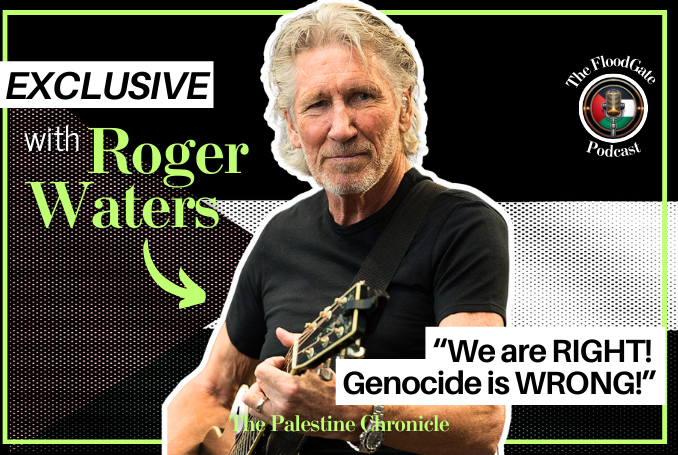

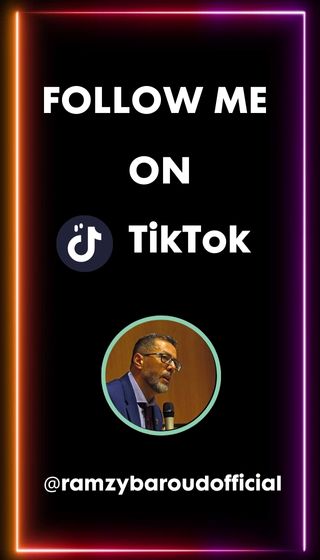













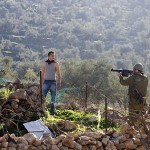




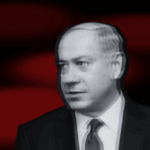

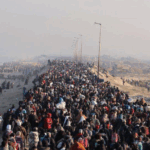















0 Comments